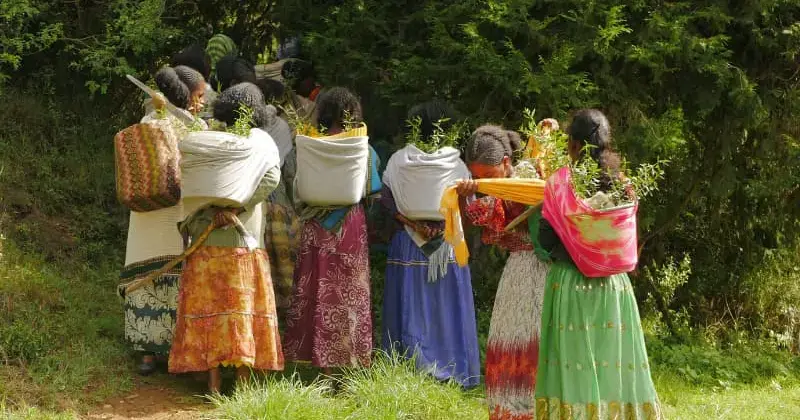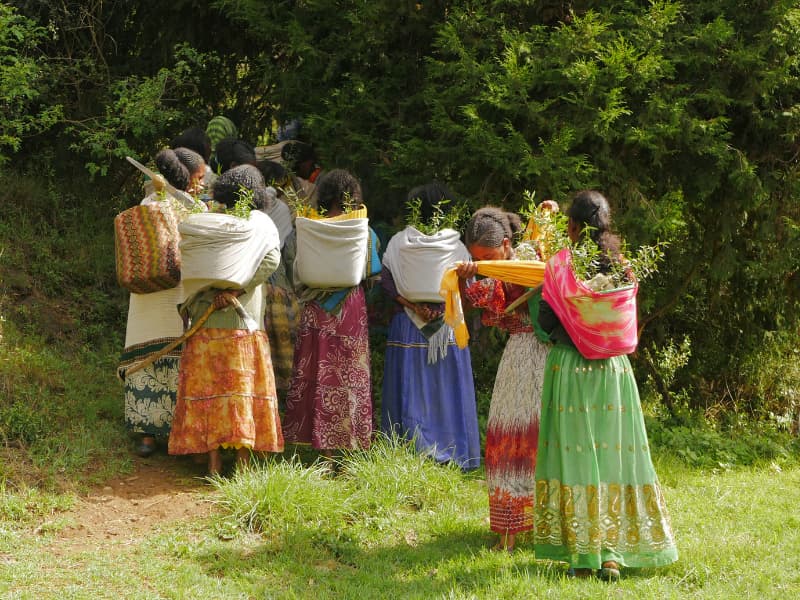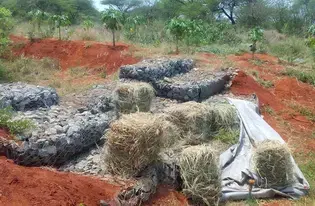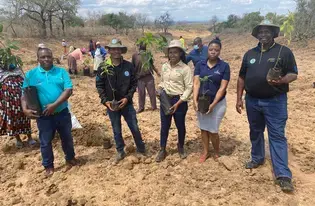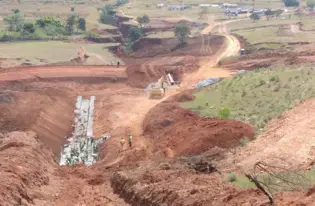The Desa’a Forest is one of the oldest remaining dry afromontane forests in Ethiopia and the largest in the Tigray and Afar Regions. Directly threatened by desertification, 74% of it has already disappeared and the remaining 26% is already severely degraded. It is so important that the Ethiopian government has deemed it a priority area for conservation.
This iconic area, in a region known for its commitment to the Great Green Wall initiative, farmers suffer from massive erosion, leading to landslides in the rainy season and water shortages in the dry season. The result is that over 26,000 people are living below the poverty line. They rely completely on this degraded forest for their household water and energy and to feed their cattle. As the forest is cleared and the soil erodes when heavy rains come, these faming communities also suffer from lower crop yields, threatening the security of their food and income.

As rainfall has become erratic and the rainy seasons shorter, many community members are now dependent on international food aid for 8 months out of the year. And many girls are seen collecting water instead of going to school. Few young adults are left in these communities: Many have left their village to try their luck as refugees in Europe and the Middle East.
To reverse that damage and bring hope back, WeForest is working with the local government and communities to restore thousands of hectares of this key forest each year. The small area of intact forest is protected, and the project has developed a seed bank and supported local nurseries to supply the ongoing restoration work. The team selects species that serve the forest and the communities, generating a combination of social, economic, and environmental benefits. For example, they are combining the olive (Olea europaea), juniper (Juniperus procera) and briar root (Erica arborea) trees with different grass species to produce sustainable fodder for livestock and to reduce erosion.
When restoration pays for communities, it succeeds. Communities are digging micro basins, mulching soil to retain moisture, planting seedlings and pruning the trees as they grow, and working at the plant nurseries or as forest guards. In return for their participation they receive equipment, training and support to develop new forest-friendly livelihoods such as beekeeping and raising small livestock. These alternative livelihood activities are accessible even to the most marginalized groups because they require little land or labor.
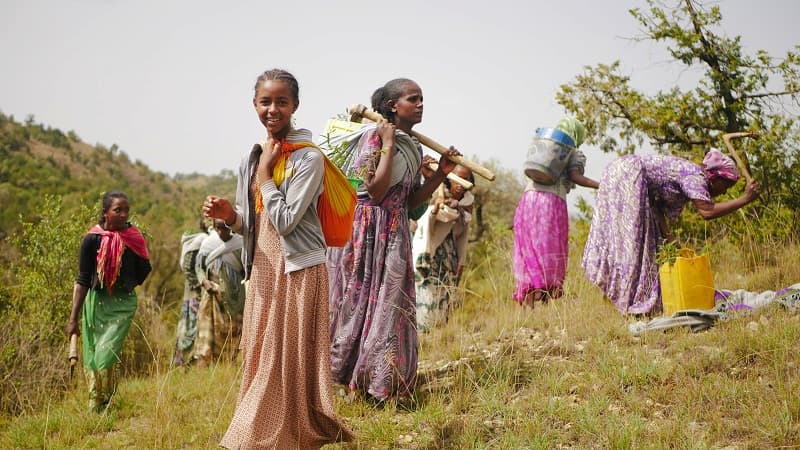
The project will work with approximately 19,000 households over its lifespan. By improving natural resource governance and the socio-economic resilience of communities living in and around the forest, it will provide essential ecosystem services, such as more water for households and farms and improved soil, to more than 500,000 people.
To measure the impact of the project, forestry and science teams are conducting surveys in special plots to monitor the progress of biomass growth, tree density, survival rate and species diversity. They are also measuring socio-economic indicators, such as the number of beneficiaries, people trained, and income generated from forest-friendly livelihood activities.
While it is too early report conclusive economic results, the team has seen positive signs already. They estimate that households that are sustainably managing farm animals could increase their income by approximately $230 per household per year. That is a significant boost, considering that the local average annual income in this region is $837. This makes a huge difference, especially for single women who likely earn significantly less than the local average income. This extra income is especially important during droughts, when communities might otherwise resort to chopping down trees to collect firewood to sell on the market.
To secure long-term funding, the team is aiming to tap into the growing carbon market by preparing for certification under the Verified Carbon Standard for afforestation. With that support, WeForest and its partners hope to improve 154,000 hectares of landscapes, grow 49 million trees, and benefit 200,000 people.
